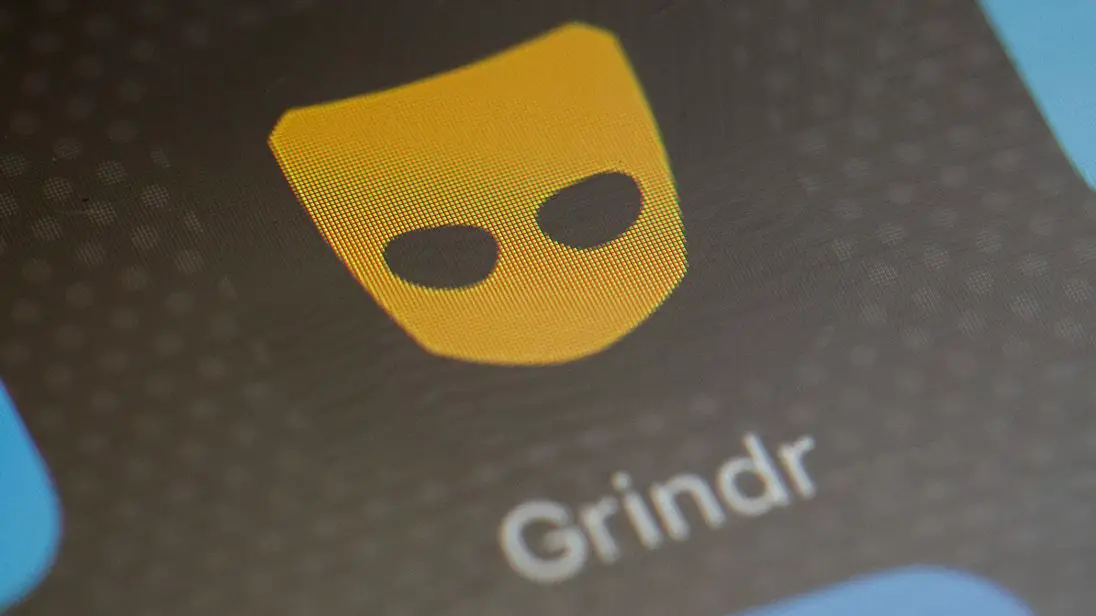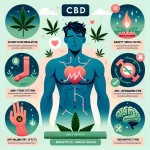Grindr, the popular dating app for gay, bisexual, trans and queer people, has added new features which address the HIV virus in communities. Grindr allows users to share the last date they received an HIV test, their HIV status and whether or not they use PrEP.
The hope is that Grindr’s features and options surrounding the HIV virus will help to reach a larger audience, as there are still over 15,000 reported cases of HIV in younger generations every year.
Whether or not Grindr’s users are using PrEP is important for potential meet-up and chat partners to know. PrEP stands for Pre-exposure prophylaxis, which is a medication that can prevent the HIV virus in individuals who are at a high risk for the virus that leads to AIDS.
By sharing if users are utilizing this medication, other members on the app can see what type of prevention methods their peers and potential meet-ups and partners are using without having to ask and bring up the often tricky topic.
The tricky topic gets even trickier when talking about HIV statuses. When users are able to see each other’s HIV status, they are a lot less likely to be worried and anxious about having a talk with someone they just met on the app.
The availability and openness of members’ HIV statuses also decrease some of the stigmas around the virus. An open discussion about HIV and AIDS is one of the best ways to combat the virus, as many people are afraid to talk about it and are uncomfortable asking the important questions.
One of the many important questions that get answered on the app is when individuals should get another test. The last date that an individual previously got tested for the HIV virus is available to see and change on Grindr.
Many individuals forget when their last HIV test occurred, so the popular app will take the information of users’ last test date and then remind them to go and get tested again when it comes the time, which is every three to six months.

Reminders of when to get tested again are useful because they reach an often underrepresented and less attentive and careful audience. There are numerous other apps out there that remind individuals at risk for HIV to get tested every three to six months, but those people that already own and have those apps downloaded are typically pretty conscientious about their HIV status and sexual health. Grindr reaches a much broader audience that isn’t as diligent with how often they are being tested, if at all.
Users know they have to get another test after the reminder pops up on their phone, but many are wondering where they can go, as those resources are often awkward to ask about. Luckily, Grindr offers free advertisements for local testing centers near their users.
The ads for different testing centers come from CenterLink, an organization with over 200 LGBT community centers. The advertisements give the members of Grindr a place to bring their questions and get another HIV test done.
Many individuals at-risk for the HIV virus are being reached, as the app is widely used, with around 3.6 million users daily. The large audience on Grindr reaches many individuals who might not otherwise be aware of their sexual health in regard to the HIV virus.
At-risk populations are much more difficult to reach and inform about their sexual health, but many of these populations use Grindr and can be informed and reminded while using the popular dating app.
Another way that Grindr is making its LGBTQ users feel included and safe when disclosing information is that they are giving users many options when choosing pronouns and genders. The pronouns section allows users to choose a customized set of pronouns if they do not identify with any of the traditional options (he/him/his, she/her/hers and they/them/theirs).
The gender options offer just as much flexibility, letting users choose from man, cis man, trans man, woman, cis woman, trans woman, non-binary, non-conforming, queer and crossdresser along with the option for a customized gender that individuals can simply type in.
Grindr also has a section of Frequently Asked Questions (FAQs) for sexual health on their app. The questions and informed answers cover risk factors for HIV and STDs, what PrEP and PEP are and where to get and pay for them, how trans hormones and HIV medication interact, HIV testing and much more.
Some of the answer sections even contain videos explaining the content in further depth and most of the answers sections offer links to other websites that are more specific and that can offer resources.
The hope for the app is that Grindr can reach a much larger audience to inform them about their sexual health and prevent and treat the HIV virus and AIDS in younger and more at-risk populations. It is crucial that more people know the numerous options for preventing the HIV virus and testing for it.
Grindr is trying to make the conversation more prevalent in the lives of their users so that the stigma around HIV in gay, trans, bisexual and queer communities decreases while awareness and education about HIV increases.
When teenagers and young adults don’t feel comfortable discussing their sexual health or asking questions, they are less likely to take action and precautions. A “don’t ask don’t tell” policy is not one that works well in this situation, as it makes those who are at-risk or who already have the virus more anxious and afraid to protect themselves and get tested.
If individuals are more comfortable talking about and asking questions about the HIV virus and their sexual health in general, then they are much more likely to get answers and information that will be crucial for their future sexual health.
Grindr uses its large platform with millions of users to assist in making the conversation about sexual health more inclusive. The availability of informed discussions, various options and answers to important questions opens up the conversation and works to destigmatize the HIV virus in gay, bisexual, transgender and queer communities.

















